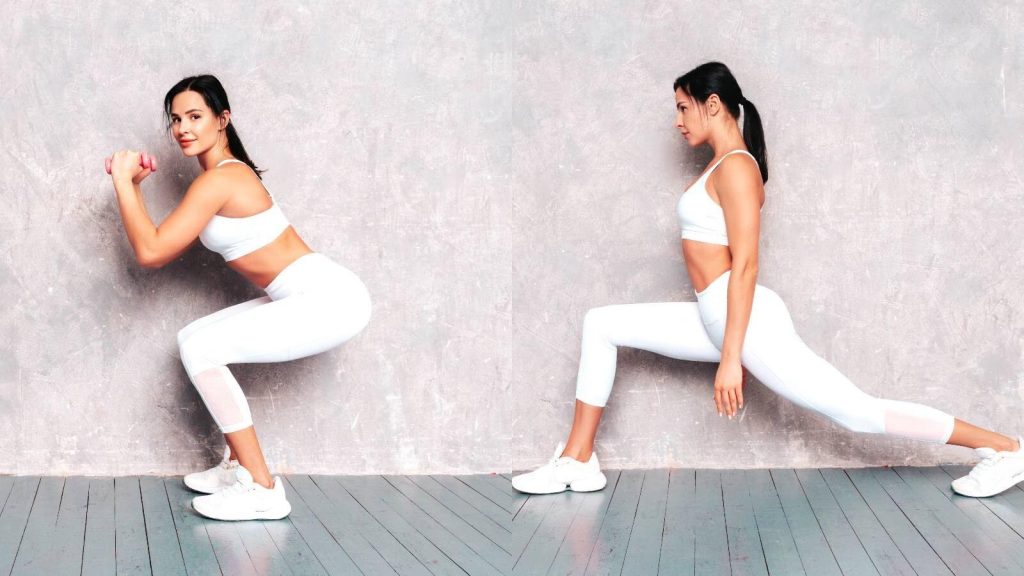The stride or lunge is usually part of our exercise routine, although we also usually include it as part of our daily life. Different muscle groups (quadriceps, buttocks, and ischiotibials) and also the abdominal area are worked in this type of exercise when trying to maintain balance.
Now, to what extent do we do it right? From here we will try to solve all your doubts so that you know how to make a stride and perfect the technique until we get the perfect lunge.
How A Stride is Done Correctly?
Doing strides or lunges brings multiple advantages. Not only will you strengthen hips, knees, and ankles, but the risk of injury and joint damage will be reduced. In addition, it is an easy exercise to improve balance, stability, and mobility.
How To Make a Stride to Get The Perfect Lunge?
- The initial position is standing, with your hands arranged in a jar, on the waist, and your legs somewhat apart.
- Take air and take a step forward. Make sure the torso is straight and perpendicular to the ground when you carry out the movement. What needs to be avoided as far as possible are swings.
- The step you step forward should not be short but not too broad (don’t double your leg more than 90 degrees at knee height).
- The foot that moves forward must be fully leaning on the ground.
- As for the leg that stays behind, you’ll have to bend it until the knee touches almost the ground.
- At the same time, the foot left behind will bend until it ends up standing on the tip (not tiptoe).
- Once you have completed this movement, it expires and returns to the initial position.
- Try to change sides each time so you don’t exercise one leg more than the other.
- It’s very possible that at first, it’s a little more harder to keep your balance. The key to avoiding swinging is to concentrate force on the abdomen. Anyway, there are several mistakes you have to keep in mind to get the perfect lunge.
The Most Common Mistakes of Stride:
When it comes to knowing how to make a stride correctly, you should pay attention to some execution failures. From here we’ll show you some of them to avoid them at all costs:
- Do not lean your torso forward. Do your best to keep it upright and straight at all times.
- Do not bend your knee more than 90º, as you’ll be doing poor exercise. Either way, the knee tip at the end of the movement will mark it.
- Do not touch the ground with your back knee. This is an inopportune position that you must avoid.
Types of Lunges:
The stride is an activity that does not reverse difficulty, although it is effective in toning and strengthening our legs while adding some cardio. Now, in addition to the classic stride we’ve talked about, there are different types of lungs you can practice. Take note and practice.
– Strides while walking. Just walk, stringing instead of steps. The further you take each of them, the more you work the buttock area.
– Jumping Lunges. In a stride position, with the right foot in front of the other, lowers the stride and then jumps, changing the legs and landing with the left foot ahead.
– Lunges with a powerful forward kick.
– Side Lunges doing repetitions on one side and after the other, or alternating both.
– Cross lunges. That is, stride backward and sideways at the same time.
– Lunges with knees up and jump. After the jump, he carries his leg backward in a stride position.
– Lunges with Butt Lift. In this exercise, you don’t tilt your upper body much when you lift your leg to work even harder on your buttocks.

